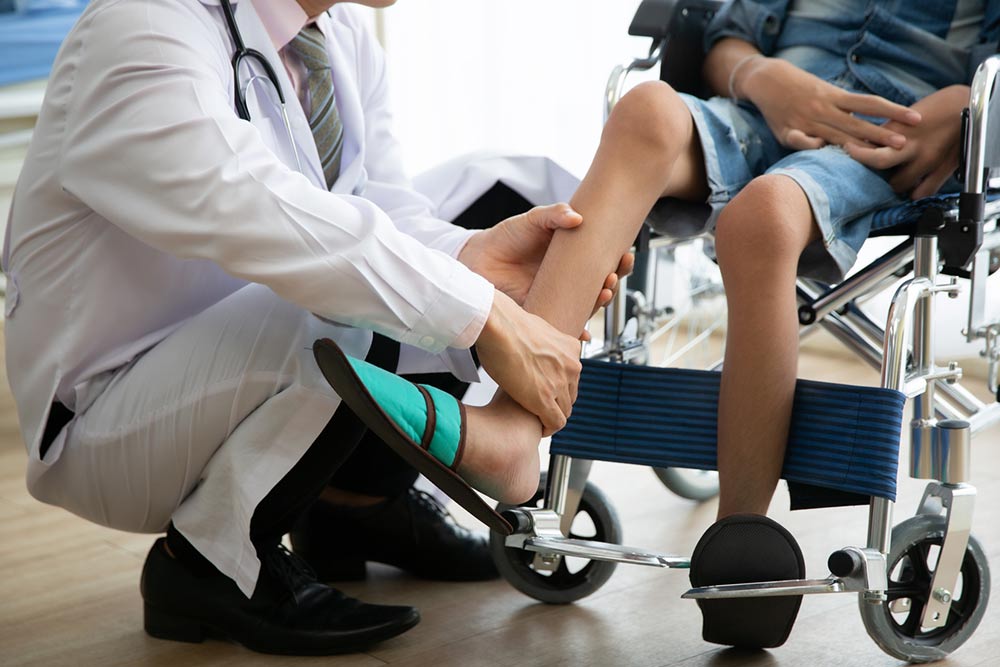6 ways to support people with disabilities

There are many ways to support people with a disability, and it is imperative to be vocal about it to advocate for the community. However, there is also a lot of false information and misunderstanding about people with disabilities, which is why it’s crucial to dispel myths and taboos. Additionally, specific days are dedicated to raising awareness and support for disability rights and voices. So, here are some ways to show kindness and support.
Offer help with consent
Assuming that a person with a disability will require assistance may be an unpleasant idea to some. Therefore, one must always get permission before offering help, as this allows them to communicate effectively. Since they know their needs better, it is always best to follow what they suggest for their assistance.
Provide a comfort zone
It can make people with disabilities uncomfortable when they are being stared at, or their disability is being pointed out. Creating a safe environment where they can be themselves is essential to support them. One must pay attention to small gestures like maintaining eye contact while conversing and not focusing on the disability to make a difference. During conversations, it’s best to talk about constructive topics like family, work, music, or any fond memory of theirs. This gives them a sense of belongingness and uplifts their mood and mental health.
Communicate respectfully
When conversing, treating the other person with respect and kindness is important. One should avoid using a condescending or patronizing tone and always maintain a normal tone. It is crucial to address the person directly and not their caregiver if they are present. Additionally, some people may have service animals, so seeking permission before petting them is crucial.
Educate children about being compassionate
Children are naturally curious and always eager to learn about the world around them. When they come across someone with a disability, they may get curious and start asking questions. Instead of shutting them down or pulling them away, this can be an excellent opportunity to teach them about disabilities respectfully. For instance, if they ask why someone is in a wheelchair, one can explain that some people use wheelchairs to move around. Depending on every parent’s teaching approach, the answer can be tailored to their age. The main idea is to help children understand that everyone is unique and should be treated by everyone with respect and kindness, regardless of their differences.
Always park legally
It is important to remember that there are designated parking spaces for individuals with disabilities, and it is crucial to respect their needs by respecting their space in public. Choosing to park in a parking spot that is specifically marked for disabled people is equivalent to taking away their right to free and safe access in public.
Respect personal space
It is essential to be aware of the wheelchair, cane, or any other device a person with a disability may be using. Treat them with the same respect for personal space that one would give to any other person. Also, one must obtain permission before pushing their wheelchair or cane.





